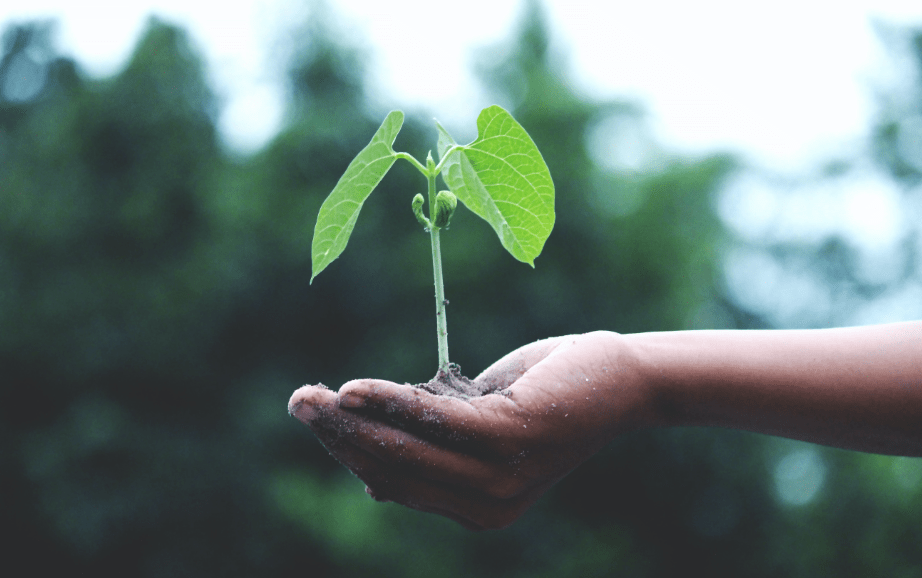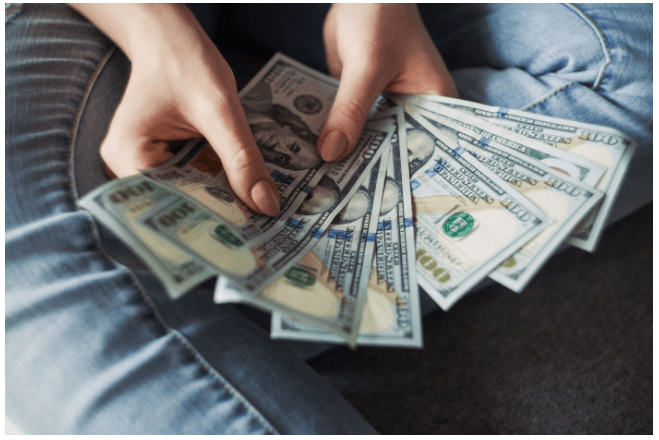
We only have one planet, and it’s our responsibility to take care of it. But it doesn’t have to be expensive, time consuming or overwhelming. These nineteen tips make it manageable for just about anyone to minimize their impact, starting today.
Ways to help the environment – for free!
- Take advantage of paperless billing. From your cell phone bill to your monthly mortgage statement, look into signing up for paperless billing. Not only does this save the environment, but many companies actually offer discounts for paperless billing as well.
- Meal plan. According to the USDA, between 30-40% of food supply is wasted. Meal planning not only allows you to prepare food before it goes bad, it also gives you the opportunity to freeze any extras.
- Air dry your laundry. Whether it’s an old fashioned clothes line or a drying rack in a corner, letting your clothes air dry as opposed to running the dryer saves the environment (and 45 cents a load if you are using an electric dryer).
- Plan the most efficient route. When running multiple errands or setting out for a road trip, avoid backtracking where possible. You can even take this one step further and travel during off-peak times to avoid idling in traffic and at red lights.
- Use the dishwasher. You can save as much as 24 gallons of water per load if you use an energy-star rated dishwasher instead of washing dishes by hand.
- Wash your laundry in cold water. Speaking of housekeeping, using cold water to wash your clothes requires less gas or electricity than using hot water.
- Unplug appliances when you aren’t using them. True story: a few years ago we purchased a brand new washer. Imagine our surprise when the next month, our electric bill had doubled. From washers to coffee machines to TVs, unplugging appliances (or putting them on a power strip you can easily switch on and off) means less ghost electricity used and paid for.
- Walk, bike or carpool when possible. It may take a bit of extra time or planning, but the less you can use your car that’s emitting toxic carbon dioxide and other greenhouse gases, the better. (Bonus points for saving on healthcare costs, too!)
- Grow your own produce and herbs. From a full blown garden to a few plants on a windowsill, growing your produce and herbs means less food and potentially less plastic waste. And something about growing your own food makes it taste so much better.
Ways to help the environment – for a little bit of money*
- Buy used. Clothes, furniture, decor – there are many items you can purchase used. Or avoid paying for it all together but joining local “buy nothing/give it away” groups.
- Use LED light bulbs. According to the United States Energy Department “By replacing your home’s five most frequently used light fixtures or bulbs with models that have earned the ENERGY STAR, you can save $75 each year”. So while they may be more expensive up front, they pay for themselves, and then some, in the long term.
- Use reusable grocery and produce bags. Bringing your own bags to the grocery store is quickly becoming law in some parts of the country. I personally like to have at least one with the reinforced bottom for my heavier groceries (such as canned items), one insulated bag and a few produce bags with me every time I shop.
- Use low flow showerheads and toilets. Low flow showerheads and toilets often cost little more than their standard counterparts but save you money and the environment water waste.
- Buy in bulk. From meat to paper products, warehouse stores like Costco and Sam’s or even just the larger packages at your local grocery store often means less packaging and waste. You’ll also save money and time as you reduce the number of trips you need to take to the store.
- Buy a compost bin (and compost your produce scraps). I purchased this countertop compost bin a few years ago and use it everyday. From egg shells to banana peels, composting your scraps means reducing food waste and growing more nutritious fruits and vegetables when you apply to their soil.
- Buy reusable cleaning supplies. I purchased these reusable and washing machine friendly mop pads for my Swiffer a year and a half ago and have looked back since. Combined with my spray bottle of dawn and vinegar and these reusable bamboo towels, I’ve significantly reduced my need for all of the bottles and chemicals of brand name products.
- Use reusable straws. I bought this set of stainless steel straws a few years ago but some people prefer silicone. Regardless, bringing your own straws to a restaurant means less plastic waste.
- Use a water bottle or tumbler. This purchase partners nicely with the last. Every day I feel a tumbler like this one and use a stainless steel straw to stay hydrated and help the environment.
- Buy a programmable thermostat. A programmable thermostat is the most expensive item on the list (at about $60 right now) but in addition to saving you money in the long term and being good for the environment, it’s also really convenient. Pre-pandemic we had a schedule for the temperature to change when we were all out of the house and even to turn systems on and off when we were gone for extended periods like a long weekend or on vacation.
A lot of these steps aren’t just easy, they’re convenient and cost-saving in the long run. Do the environment (and yourself) some good by taking action today.
*Adulting: A Crash Course is a participant in the Amazon Services LLC Associates Program, an affiliate advertising program designed to provide a means for sites to earn advertising fees by advertising and linking to Amazon.com.
If you liked this post, you may also like:
Adulting, Made Easy.
Our online courses help you take the steps to be your happiest, most successful self at home and at work.



